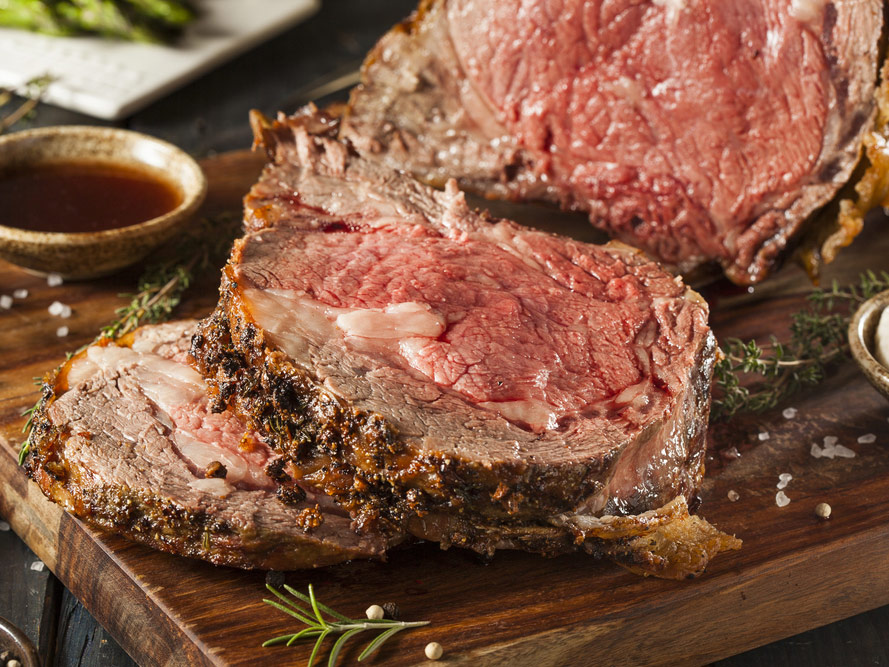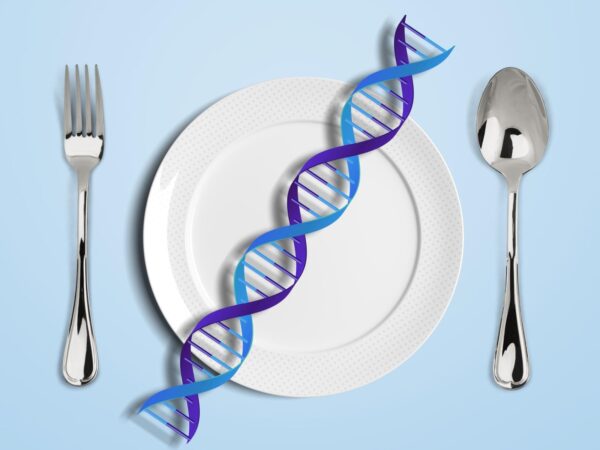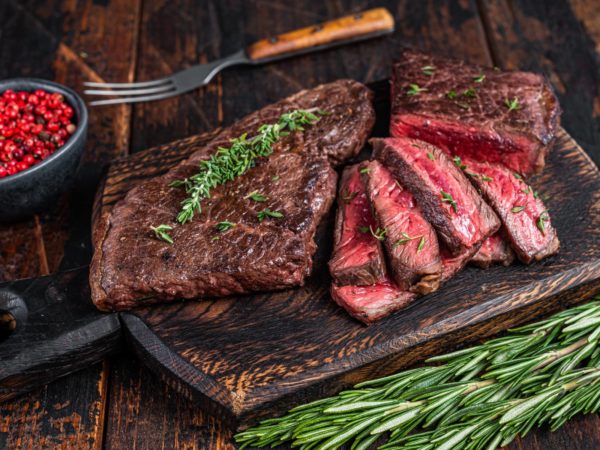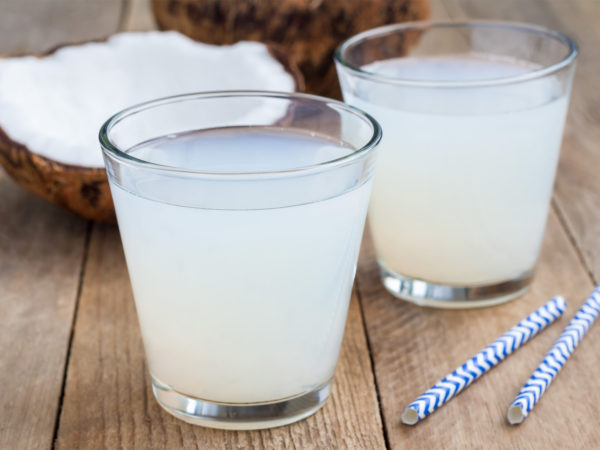Carnosine: The “Longevity Nutrient” (How to Get MORE!)
As we age, most of us become increasingly aware of our “healthspan,” rather than just our “lifespan.” It’s not enough to live a long life, if we do not also enjoy good health during those later years.
The goal is to enjoy a full and physically-active life – with independence, mobility and memory intact – until our time here ends. In other words, to achieve a healthspan that matches your lifespan.
And while many foods and phytonutrients have made the anti-aging spotlight in recent years, one molecule is so protective of your youth that it has been coined the “longevity nutrient.”
That nutrient is carnosine.
Combat the Primary Processes of Aging with Carnosine
Made from just two amino acids (beta-alanine and histidine) – carnosine is found in high concentrations in the brain, muscles and heart. In these critical structures, it helps to guard against the naturally-occurring damage associated with energy production.
In the same way that putting miles on a car causes “wear and tear”, producing energy for movement and other life-sustaining functions causes a gradual deterioration to our bodies. Over time, this leads to the physical signs of aging.

The good news is that carnosine powerfully targets the six key processes that cause the “wear and tear” associated with aging:
- Oxidation: By scavenging free radicals, carnosine helps to reduce the cellular and DNA damage associated with heart disease and cancer.
- Glycation: When excess sugars in the diet combine with proteins, glycated compounds are formed. These compounds increase inflammation and speed the aging process. But when there is sufficient carnosine in the body, it combines with sugars and spares precious proteins.
- Protein Cross-Linking: This is a result of glycation and oxidation and it can cause many effects that can be seen and felt with aging. These include wrinkles, deterioration of cartilage and cataracts. Carnosine reacts with these abnormal proteins and helps to eliminate them from the body.
- Mitochondrial Dysfunction: The mitochondria are known as the energy-producing “powerhouse” of the cell. But damage from free radicals causes mitochondria to lose their efficiency. The result is cells that produce less energy. The symptoms of mitochondrial damage often include a general feeling of low energy. But it can also contribute to Alzheimer’s and other degenerative diseases.
- Telomere Shortening: Like the ends of shoelaces that keep the fibers from unraveling, telomeres are found at the ends of our DNA strands and help to keep the structure of your DNA intact. Over time, however, the telomeres shorten and eventually break down. Carnosine has been found to slow the rate of telomere shortening and reduce damage to these “life-extending” structures.
- Excess Metal Accumulation: As we age, we tend to accumulate a variety of environmental substances – including metals – in the tissues of our body. In small amounts these metals are typically harmless or even beneficial. But in larger quantities they are associated with Alzheimer’s and Parkinson’s disease. Carnosine binds to excess metals and helps escort them from the body.
With the broad range of anti-aging benefits that carnosine possesses, you might be wondering:
Am I Getting Enough?
In our youth, carnosine levels are high. But over time, our body makes less of this critical nutrient. What’s more, the carnosine we do get from food is more susceptible to damage. That means that more is required to achieve the same level of absorption.
Another important factor that greatly increases the need for carnosine is having diabetes or metabolic syndrome. In fact, studies show that a carnosine deficit is one of the reasons that diabetes causes accelerated aging.
The good news is that by enjoying a whole-foods diet that is rich in healthy sources of animal protein (“carno” – meaning meat) can increase levels of this important “longevity nutrient” in your body.
Carnosine supplements are available. However, according to The Health Professional’s Guide to Dietary Supplements, the antioxidant effect appears much stronger when it is consumed within foods.
To keep your levels of this protective nutrient high, enjoy grass fed beef (containing ~ 1,500 mg/lb) as well as pastured poultry and pork (~2,000 mg/lb) and don’t overcook your meats. Research shows that it can reduce carnosine concentrations by as much as 30%.




isnt there an issue relating caronsine, carnitine and choline to increased TMAO a very potent chemical produced with the above amino acids mix together with digestive juices producing this bacteria that has been proven to be detrimental to both heart health and brain health? please advise thank you